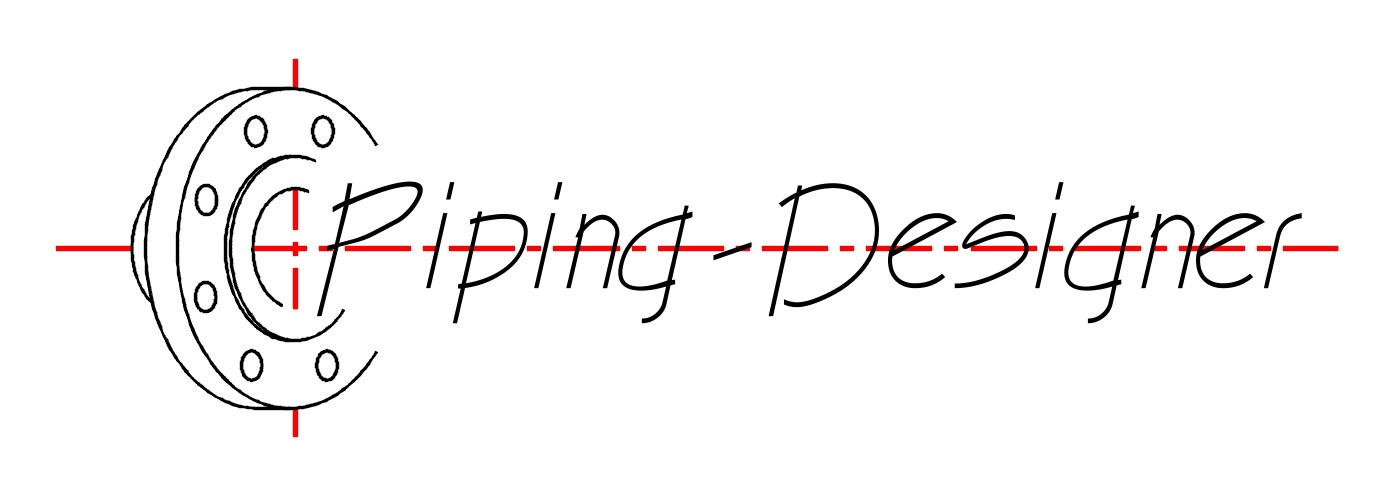Spring Wire Stress
Spring Wire Stress Formula |
||
| \( S \;=\; \dfrac{ 8 \cdot p \cdot D \cdot K }{ \pi \cdot d^3 }\) | ||
| Symbol | English | Metric |
| \( S \) = Wire Stress | \(lbf\;/\;in^2\) | \(Pa \) |
| \( p \) = Pitch | \( deg \) | \( rad \) |
| \( D \) = Mean Coil Diameter | \( in \) | \(mm \) |
| \( K \) = Wahl Correction Factor | \( dimensionless \) | \( dimensionless \) |
| \( \pi \) = Pi | \(3.141 592 653 ...\) | \(3.141 592 653 ...\) |
| \( d \) = Wire Diameter | \( in \) | \(mm \) |
Spring wire stress is the internal forces and resulting deformations that occur within a coiled spring when it is subjected to an external load or force. Springs are mechanical devices designed to store and release energy by deforming elastically when subjected to a force and returning to their original shape when the force is removed. Understanding the stress within a spring is crucial for designing and using springs effectively in various applications.
Spring Wire Stress Formula |
||
| \( S \;=\; \dfrac{ 8 \cdot n_s \cdot D \cdot K \cdot d_s }{ \pi \cdot d^3 }\) | ||
| Symbol | English | Metric |
| \( S \) = Wire Stress | \(lbf\;/\;in^2\) | \(Pa \) |
| \( n_s \) = Spring Rate | \(lbf\;/\;in\) | \(kg\;/\;mm\) |
| \( D \) = Mean Coil Diameter | \( in \) | \(mm \) |
| \( K \) = Wahl Correction Factor | \( dimensionless \) | \( dimensionless \) |
| \( d_s \) = Spring Deflection | \( deg \) | \( rad \) |
| \( \pi \) = Pi | \(3.141 592 653 ...\) | \(3.141 592 653 ...\) |
| \( d \) = Wire Diameter | \( in \) | \(mm \) |
Key Points about Spring Wire Stress
Material Properties - The stress in a spring depends on the material properties of the wire used to make it. These properties include the material's modulus of elasticity and its yield strength.
Hooke's Law - Springs typically operate within the elastic deformation range of their material. According to Hooke's Law, stress is directly proportional to strain within this range. This means that as you apply a force to a spring, it will deform in proportion to the applied force.
Tensile Stress - When a spring is stretched or pulled, it experiences tensile stress along its length. This stress causes the spring to elongate.
Compressive Stress - When a spring is compressed, it experiences compressive stress, which causes it to shorten.
Torsional Stress - Some springs, such as torsion springs, are designed to twist along their axis when subjected to a twisting force. Torsional stress is the stress experienced by these springs.
Shear Stress - Shear stress occurs in springs that are subjected to forces parallel to their area cross-section. It can cause a shearing deformation in the spring.
Design Considerations - Engineers and designers need to calculate and consider the stress levels in a spring to ensure that it operates within its elastic limits. If the stress exceeds the material's yield strength, the spring may experience permanent deformation or even failure.
Fatigue - Repeated loading and unloading of a spring can lead to fatigue, which is the cumulative effect of cyclic stress. Springs are designed to withstand a certain number of cycles before potential failure due to fatigue.
Safety Factors - Designers often use safety factors to ensure that the spring can handle variations in the applied load without failing. This involves designing the spring with a margin of safety to account for uncertainties in the real world application.
Spring Constants - The spring constant is a measure of the stiffness of a spring. It relates the force applied to the deformation of the spring and is used to describe the spring's behavior under load.
Spring wire stress is the internal mechanical response of a coiled spring to external forces, and it plays a crucial role in spring design and functionality. Engineers analyze and calculate these stresses to ensure that springs operate effectively and safely in various applications.

